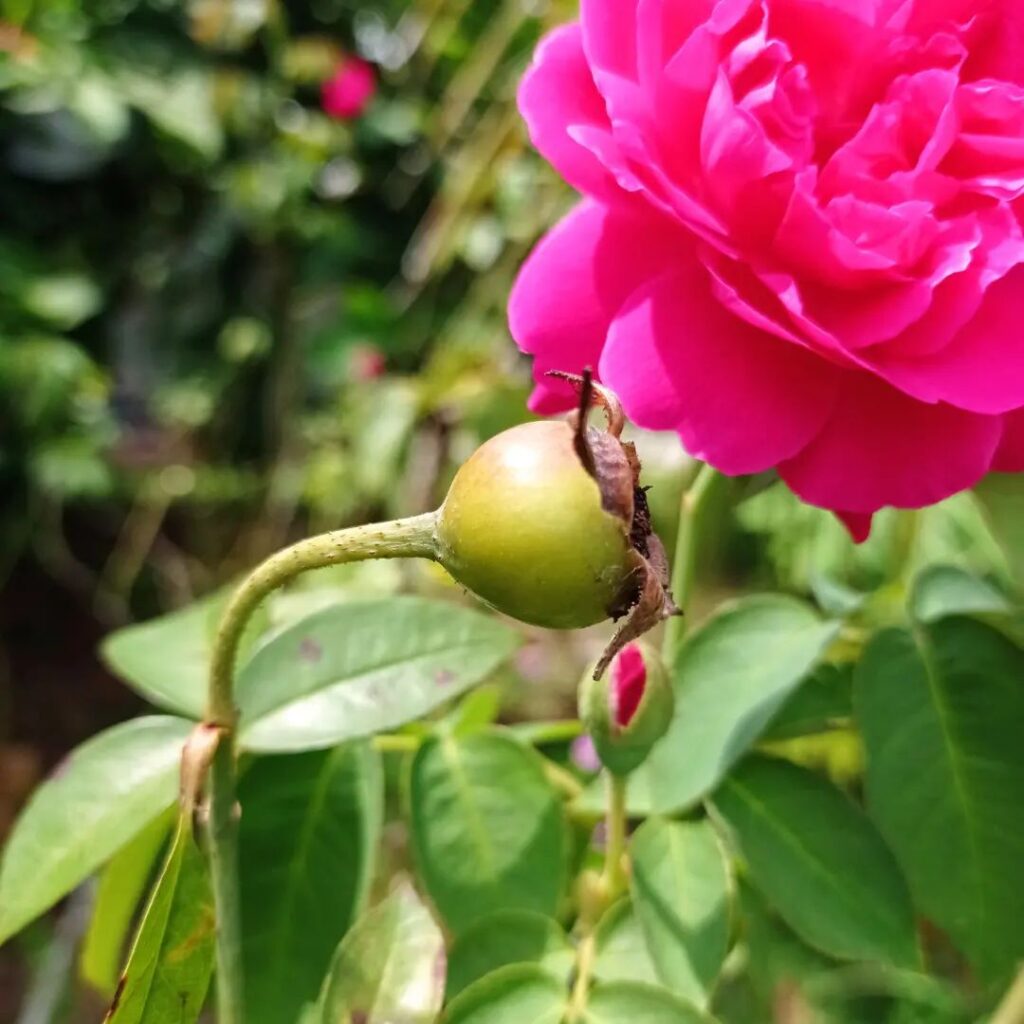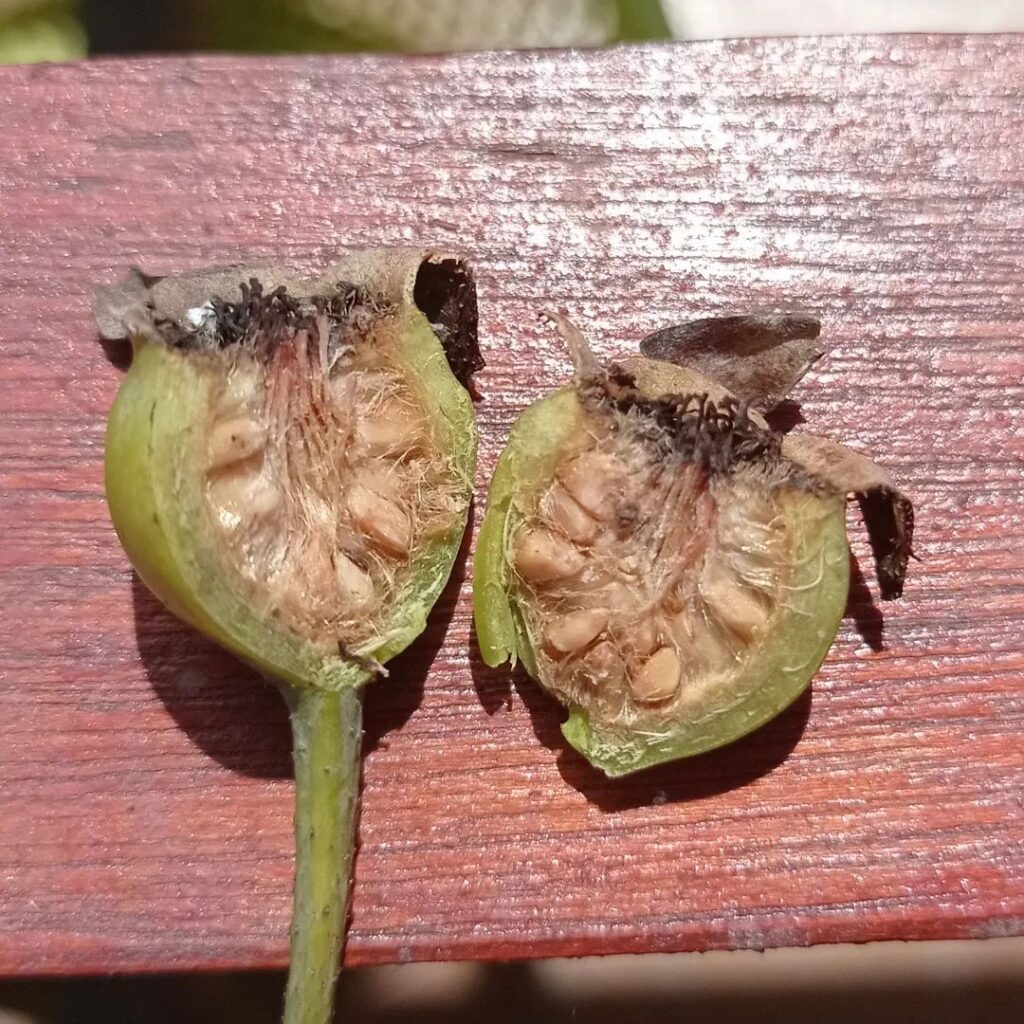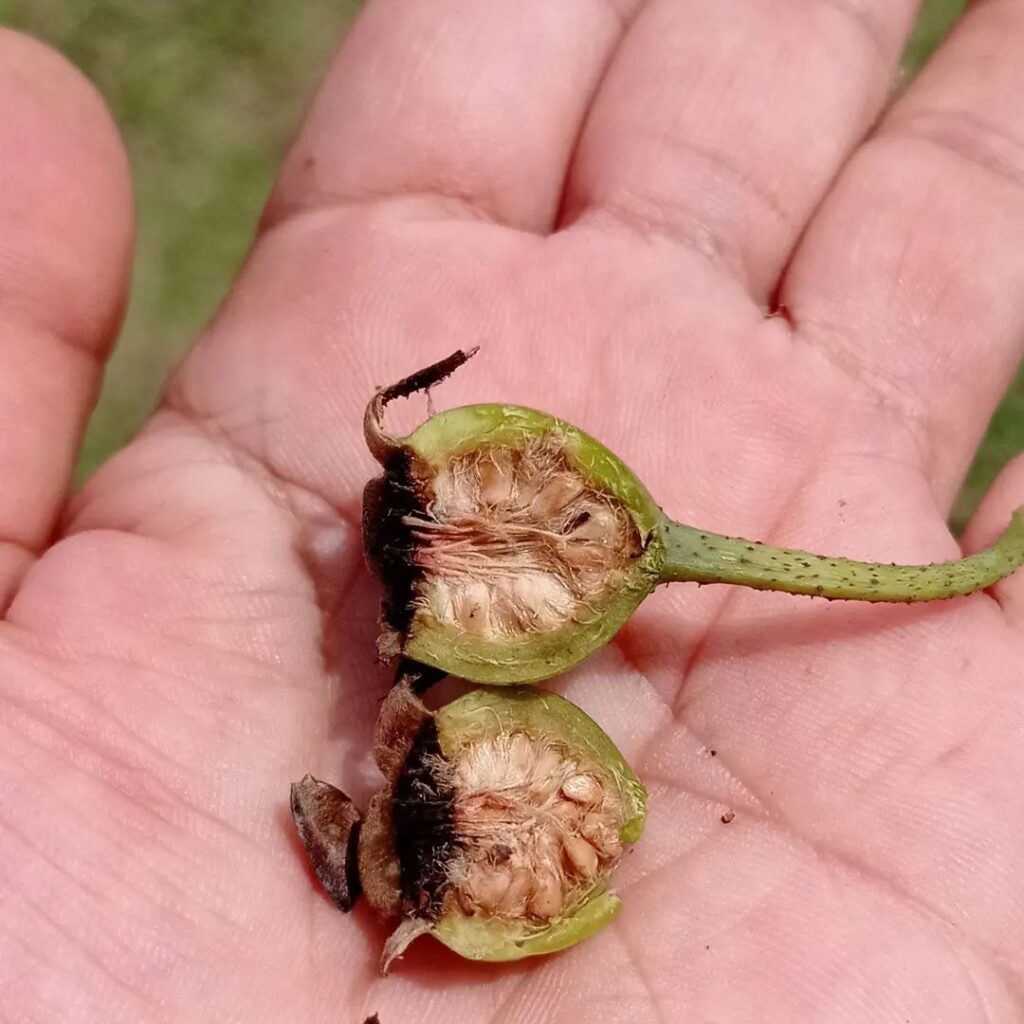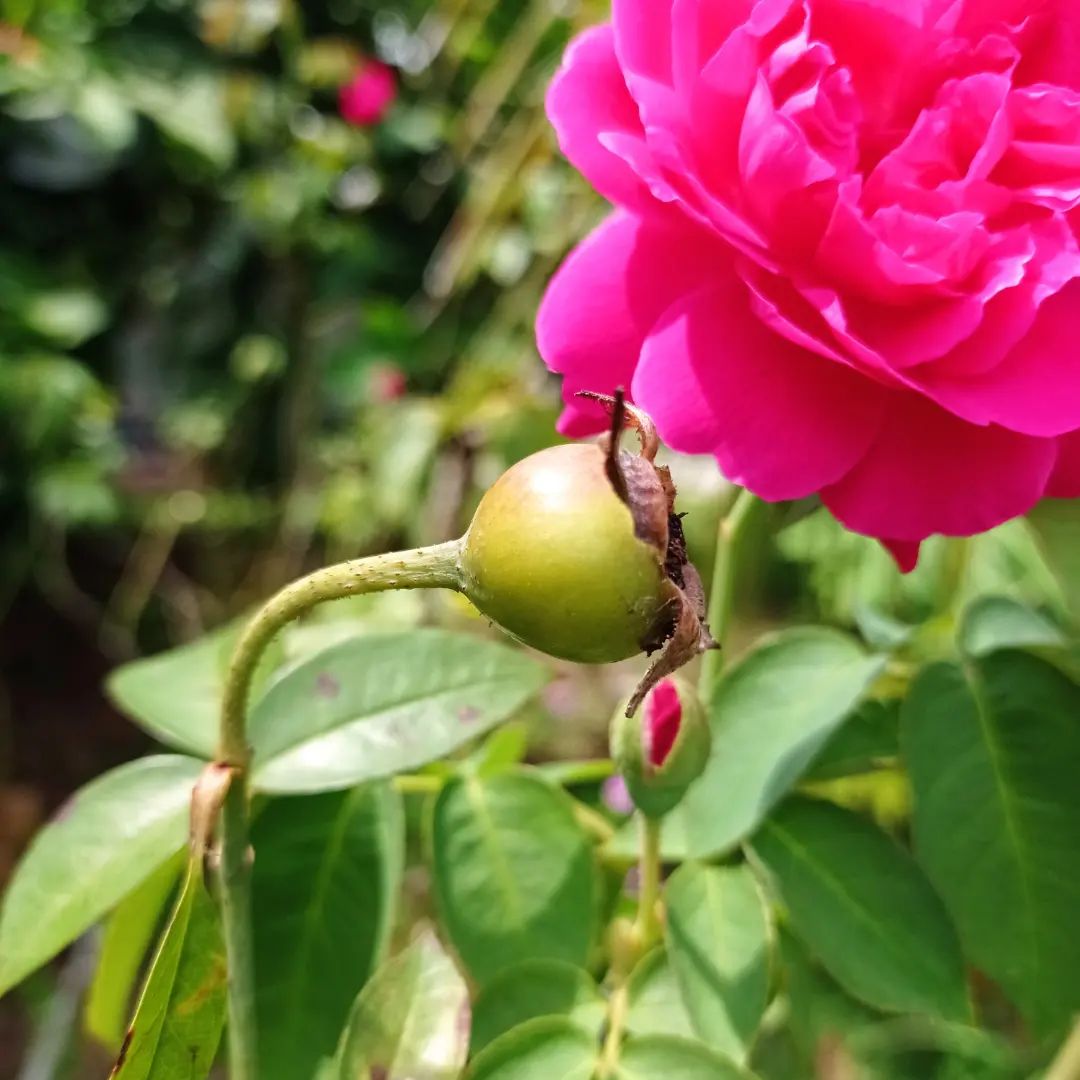Growing roses from seeds can be a rewarding and enchanting journey for gardening enthusiasts. The process allows you to witness the entire life cycle of one of nature’s most beloved flowers, from a tiny seed to a blooming beauty. In this article, we’ll explore the steps on “How to Grow Roses from Seeds,” guiding you through the intricate yet fulfilling process.
Whether you’re a seasoned gardener or a novice with a passion for roses, this guide will provide you with the essential knowledge and tips to cultivate your very own roses from scratch. Embrace the magic of nature and transform your garden with the timeless elegance and fragrance of roses, grown from seeds with your own hands. Join us as we embark on this horticultural adventure and discover the secrets to nurturing these stunning blooms.
How To Grow Roses From Seeds: 10 Steps
We’ll discuss the topic step by step. So, bear with us, and let’s dive into it:

Harvesting and Preparing Rose Seeds
Collecting rose seeds begins with choosing ripe rose hips from healthy, mature rose bushes. These hips, which are the fruit of the rose plant, should be harvested in late summer to early fall when they turn bright red, orange, or yellow. Each hip contains numerous seeds; for instance, a single rose hip can produce up to 50 seeds.
Once collected, the seeds must be extracted from the hips and cleaned to remove any pulp. It’s crucial to stratify the seeds by storing them in a damp paper towel inside a plastic bag, kept in the refrigerator for 10-12 weeks. This cold treatment mimics winter conditions, ensuring better germination rates when planted.
Clean and Stratify the Seeds
To start, rinse the rose seeds in a solution of water and hydrogen peroxide (10:1 ratio) to eliminate any mold or bacteria. After cleaning, soak the seeds in water for 24 hours to soften the seed coat and improve germination rates.
Stratification is crucial for rose seed germination. Place the seeds in a damp paper towel, then seal them in a plastic bag. Store them in the refrigerator at 34-40°F (1-4°C) for 10-12 weeks. This mimics winter conditions, breaking seed dormancy and enhancing germination success.

Prepare Seed Trays or Pots
Preparing seed trays or pots is crucial for successfully growing roses from seeds. Choose shallow trays or small pots with good drainage to prevent waterlogging. Fill them with a sterile seed-starting mix, ensuring a pH of 6.0-6.5 for optimal growth. Space seeds 1-2 inches apart, and cover them lightly with soil, about 1/4 inch deep.
Maintain consistent moisture by misting the soil gently. Keep the trays in a location with temperatures between 65-70°F. Proper preparation and care of seed trays or pots significantly enhance the chances of seed germination and healthy seedling development.
Sow the Seeds
Once your rose seeds have been stratified, it’s time to sow them. Fill seed trays or small pots with a well-draining potting mix, ensuring each container has proper drainage holes. Plant the seeds about 1/4 inch deep, spacing them at least 2 inches apart. Lightly cover the seeds with soil and mist with water to keep the soil moist but not waterlogged.
Place the trays or pots in a warm, bright location with indirect sunlight, maintaining a temperature of around 70°F (21°C). Germination can take anywhere from 4 to 16 weeks. Keep the soil consistently moist during this period, and watch for the first signs of sprouting.

Provide Appropriate Light and Temperature
Roses thrive with at least 6-8 hours of direct sunlight daily. Position seedlings in a sunny spot, ideally a south-facing window, to ensure they receive ample light. If natural sunlight is insufficient, use grow lights for 12-16 hours a day to simulate optimal conditions.
Temperature is equally crucial. Maintain a consistent temperature between 70-75°F (21-24°C) during the day and around 60-65°F (15-18°C) at night. Avoid exposing the seedlings to drafts or sudden temperature changes, as these can stress the plants and hinder growth.
Water and Care for Seedlings
Proper watering is crucial for the healthy growth of rose seedlings. Maintain consistent moisture without overwatering; the soil should be damp but not waterlogged. Watering every 2-3 days, depending on the climate and soil type, is typically sufficient. Ensure good drainage to prevent root rot.
Caring for seedlings also involves providing adequate light, about 6-8 hours of indirect sunlight daily. Maintain a temperature between 70-75°F (21-24°C) for optimal growth. Fertilize lightly with a balanced, water-soluble fertilizer every two weeks to support their development. Regularly check for pests and diseases, taking prompt action if needed.
Transplant Seedlings to Larger Pots or Garden
Transplanting rose seedlings to larger pots or directly into the garden is a crucial step in their development. Wait until the seedlings have at least two sets of true leaves, usually around 8-10 weeks old. Carefully move them to avoid damaging the delicate roots. If transplanting to pots, choose containers that are at least 6 inches in diameter.
For garden transplanting, select a sunny location with well-draining soil. Dig holes twice the size of the root ball, spacing plants 18-24 inches apart. Water thoroughly after transplanting to help the seedlings establish in their new environment.
Monitor Growth and Health
Monitoring the growth and health of your rose seedlings is crucial for successful cultivation. Regularly check for signs of disease, pests, and nutrient deficiencies. Maintain a consistent watering schedule, ensuring the soil remains moist but not waterlogged. Aim for 6-8 hours of sunlight daily, and use a balanced fertilizer every 4-6 weeks.
Keep an eye on leaf color and growth patterns. Yellowing leaves may indicate a lack of nutrients, while stunted growth could be a sign of root problems. Prune any damaged or diseased foliage promptly to encourage healthy development and prevent the spread of issues.
Prune and Maintain the Plants
Pruning is crucial for rose plants to promote healthy growth and abundant flowering. Trim dead or damaged branches in late winter or early spring, aiming for a clean cut just above an outward-facing bud at a 45-degree angle. This stimulates new growth and improves air circulation, reducing the risk of diseases like powdery mildew and black spot.
Regular deadheading—removing spent flowers—encourages continuous blooming throughout the season. Additionally, feed roses with a balanced fertilizer in early spring and midsummer, ensuring they receive adequate nutrients for robust growth and vibrant blooms. Proper maintenance ensures your roses thrive year after year, rewarding you with a garden brimming with beauty.
Enjoy the Blooming Roses
Once your roses begin to bloom, their beauty and fragrance will reward your efforts. Depending on the variety, roses can start blooming within a few months to a year after planting. Modern hybrid roses often bloom earlier than heirloom varieties, with some flowering multiple times throughout the growing season.
Proper care, including regular watering and pruning, enhances blooming. Roses typically bloom from late spring through fall, providing a colorful display in your garden. Enjoy the variety of colors and shapes, from delicate tea roses to robust floribundas, and savor their sweet scent that attracts pollinators and admirers alike.
Frequently Asked Questions
1. Can I really grow roses from seeds?
Yes, you can grow roses from seeds, though it requires patience and specific techniques. Unlike many other plants, roses grown from seeds may not always resemble their parent plants exactly. However, it’s a rewarding process that allows you to explore different varieties and enjoy the satisfaction of nurturing them from the very beginning.
2. When is the best time to plant rose seeds?
The best time to plant rose seeds is typically in early spring or late winter, depending on your climate. This allows the seeds to germinate in optimal conditions and gives the young plants a head start before the growing season begins. Ensuring they have enough warmth and light is crucial for successful germination.
3. How long does it take to grow roses from seeds to flowering?
Growing roses from seeds to flowering plants can take anywhere from several months to over a year, depending on the rose variety and growing conditions. Generally, you can expect to see your roses bloom within 1 to 2 years if all growing conditions are favorable and you provide proper care and maintenance throughout the process.
Conclusion
Growing roses from seeds is a gratifying endeavor that allows you to witness the complete life cycle of these exquisite flowers. While it requires patience and careful attention to detail, the rewards are plentiful. From selecting seeds to nurturing seedlings into blooming plants, each step is a testament to your dedication as a gardener.
Whether you’re aiming to propagate a specific variety or simply enjoy the process of nurturing new life, learning how to grow roses from seeds enriches your gardening experience and brings the timeless beauty of roses closer to home.

I’m Shofi, a passionate gardener and blogger. I have 10+ years of experience in gardening and hold certifications in horticulture and garden design. I share my knowledge and skills through my garden blog to inspire and educate others on the joys of gardening. I try to provide valuable information and create a community for gardeners of all levels to connect and learn. My ultimate goal is to inspire others to start their own gardens and connect with nature.

